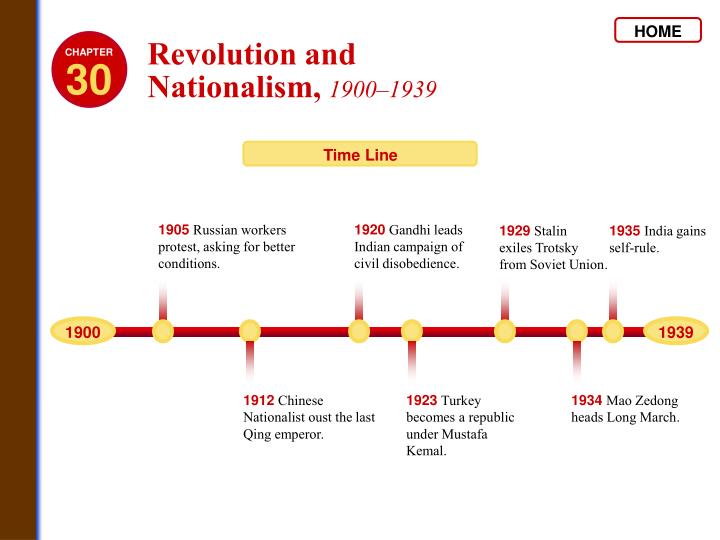
After the Congress, he travels in the USSR speaking but mostly observing. McKay clearly has no use for either the British or American CP delegates it's very clear that the only American CP leader he has any respect for is James P. He attends the Fourth Congress of the Communist International - he is there as a poet, not a delegate, and never joined the Communist Party. The fourth and most interesting part deals with his visit in 1922-23 to the new Soviet Union. The second part discusses his visit to England, where he is introduced to radical labor and Marxist literature and works for a time at Sylvia Pankhurst's publication, The Worker's Dreadnought the third part deals with his return to Harlem and his collaboration on Max Eastman's The Liberator. He has left college and is working as a waiter on a railway car, and has just received an invitation to visit the editor Frank Harris to discuss publication of his poetry. It begins a couple years after he arrived in the United States there is nothing beyond a few isolated recollections about his earlier life in Jamaica. If anything, this autobiography was even better. He has left college and is working as a waiter on a railway car, and has just received an invitation to visit the editor Frank Harris to discuss publication This is the autobiography of the Jamaican-born poet and novelist Claude McKay, whose Collected Poetry I read and very much enjoyed last month. This is the autobiography of the Jamaican-born poet and novelist Claude McKay, whose Collected Poetry I read and very much enjoyed last month. Reprinted here with a critical introduction by Gene Andrew Jarrett, this book will challenge readers to rethink McKay’s articulation of identity, art, race, and politics and situate these topics in terms of his oeuvre and his literary contemporaries between the world wars.more


His active participation in Communist groups and the radical Left also encouraged certain opinions on race and class that strained his relationship to the Harlem Renaissance and its black intelligentsia. In his 1937 autobiography, A Long Way from Home, McKay explains what it means to be a black “rebel sojourner” and presents one of the first unflattering, yet informative, exposés of the Harlem Renaissance. Literally absent from Harlem during that period, he devoted most of his time to traveling through Europe, Russia, and Africa during the 1920s and 1930s. But his relationship to the movement was complex. A Jamaican-born author of poetry, short stories, novels, and nonfiction, McKay has often been associated with the “New Negro” or Harlem Renaissance, a movement of African American art, culture, and intellectualism between World War I and the Great Depression. A Jamaican-born author of poetry, short stories, novels, and nonfiction, McKay has often been associated with the “New Negro” or Harlem Renaissance, a movement of African American art, culture, and intellectualism between World War I and the Grea Claude McKay (1889–1948) was one of the most prolific and sophisticated African American writers of the early twentieth century. Claude McKay (1889–1948) was one of the most prolific and sophisticated African American writers of the early twentieth century.


 0 kommentar(er)
0 kommentar(er)
